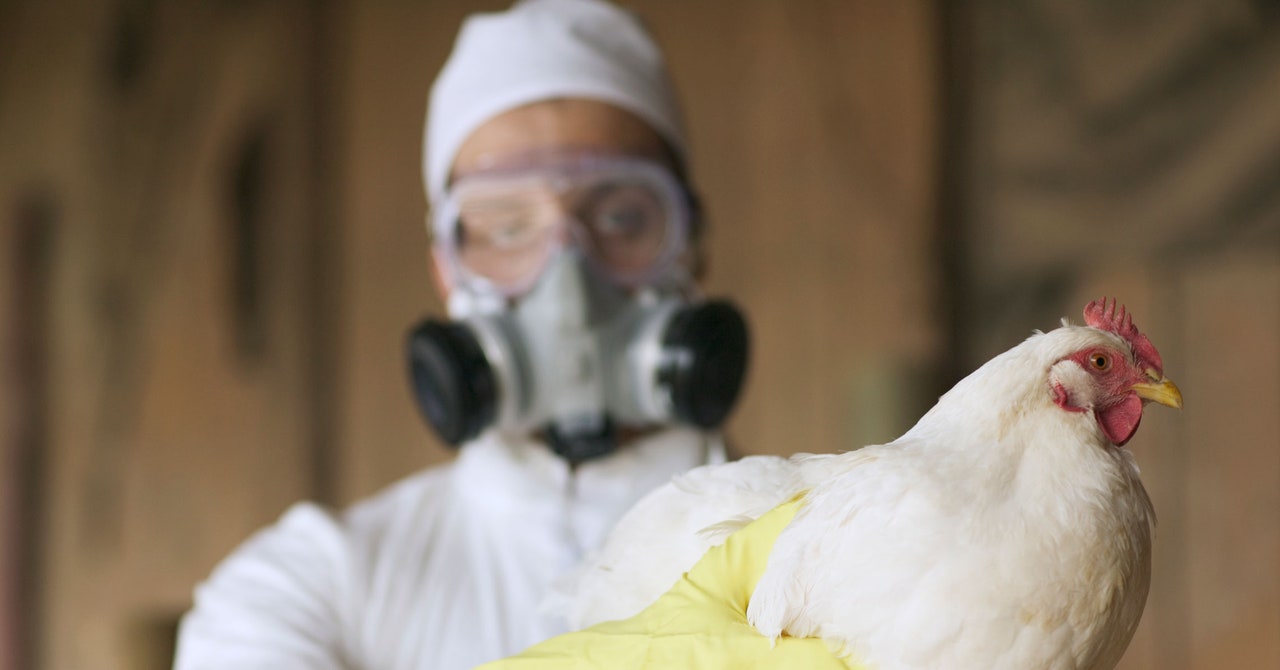
A group of 38 top scientists spanning disciplines from synthetic biology to planetary sciences has issued a stark warning: the creation of “mirror bacteria”—organisms whose molecular structures are reversed—could have catastrophic and unprecedented consequences. While this concept may sound like science fiction, experts argue the pursuit of such research could introduce pathogens immune to immune systems, antibiotics, and natural biological defenses. Described as a “radical departure from known life,” mirror bacteria represent both an exciting scientific challenge and a potential Pandora’s box with risks that could spiral beyond control.
The alarm was raised in a detailed report published in Science and based on a broader technical assessment. While mirror bacteria are, for now, theoretical and unlikely to emerge for at least a decade, researchers urge caution before crossing a line that might reshape biology and threaten ecosystems worldwide.
The Concept of Mirror Bacteria: Reversing the Molecular Foundations of Life
At the heart of this concern lies the concept of chirality, or molecular “handedness.” In biological systems, life follows a strict uniformity: DNA and RNA are built with right-handed molecules, while proteins consist of left-handed amino acids. This arrangement is crucial for life to function seamlessly.
Mirror bacteria, however, would upend this natural uniformity. In these synthetic organisms, every molecule would be reversed, like a mirrored image. While theoretical, this idea is under active exploration in synthetic biology. Scientists are driven by the curiosity of understanding life’s origins and exploring new possibilities for medicine, biotechnology, and even extraterrestrial life.
To understand the magnitude of this departure, consider the key differences between natural bacteria and the hypothetical mirror bacteria:
Key Differences Between Natural Bacteria and Mirror Bacteria
| Feature | Natural Bacteria | Mirror Bacteria |
|---|---|---|
| Molecular chirality | Right-handed DNA/RNA, left-handed amino acids | Reversed: Left-handed DNA/RNA, right-handed proteins |
| Immune detection | Recognizable by natural immune systems | Invisible to immune systems |
| Resistance to control | Vulnerable to bacteriophages, antibiotics, and predators | Likely resistant to bacteriophages and antibiotics |
| Ecological interaction | Integrated into existing ecosystems | Potential to disrupt ecosystems and act invasively |
| Creation status | Naturally occurring and well-studied | Theoretical; not yet created |
“Driven by curiosity and plausible applications, some researchers had begun work toward creating lifeforms composed entirely of mirror-image biological molecules,” the researchers wrote in their report published in Science.
Creating mirror bacteria is no easy feat, and significant technological hurdles remain. Yet, advances in synthetic biology, genetic engineering, and molecular assembly suggest it is not impossible. Experts warn that while the creation of such organisms might take decades, now is the time to discuss their risks.
Risks of Mirror Bacteria: An Invisible, Unstoppable Threat
The greatest concern surrounding mirror bacteria is their potential to evade natural defenses and disrupt ecosystems. Immune systems, whether in humans, animals, or plants, rely on recognizing specific molecular shapes to detect and destroy pathogens. A reversed mirror bacterium, with its inverted molecular structures, would likely go unnoticed.
Jonathan Jones, a group leader at The Sainsbury Laboratory and a coauthor of the report, captured the magnitude of the risk:
“It’s a genie you don’t want to let out of the bottle. The risk of something bad happening is low, but the consequences of something bad happening are really awful.”
The scientists stress that mirror bacteria, if created, could behave unpredictably, mutating and evolving over time. Their resistance to natural predators, such as bacteriophages (viruses that attack bacteria), and their potential immunity to antibiotics make them exceptionally dangerous.
“We cannot rule out a scenario in which a mirror bacterium acts as an invasive species across many ecosystems, causing pervasive lethal infections in a substantial fraction of plant and animal species, including humans,” the report warns.
Potential Risks Include:
- Immune system failures: Mirror bacteria could remain undetected, leading to lethal infections in humans and animals.
- Ecosystem disruption: Introduced mirror bacteria might spread uncontrollably, harming plants, wildlife, and agriculture.
- Resistance to control: Existing antibiotics, antivirals, and natural predators may be ineffective against mirror organisms.
This risk is not hypothetical but grounded in biological logic. Even if mirror bacteria begin as benign, evolution could rapidly select for traits that make them more adaptable and invasive.
Why Scientists Call for a Pause in Mirror Bacteria Research
The report’s authors argue that creating mirror bacteria crosses an ethical and practical line in biology. While curiosity and scientific discovery are key drivers, the potential dangers far outweigh the speculative benefits.
“Such mirror organisms would constitute a radical departure from known life, and their creation warrants careful consideration,” the report states.
The authors suggest halting all research aimed at creating mirror bacteria until their safety can be fully understood. They also recommend that funding agencies avoid supporting such projects, as containing mirror organisms after their creation could prove nearly impossible.
Mirror Bacteria: Scientific Challenge Versus Ethical Dilemma
For synthetic biologists, mirror bacteria represent a scientific frontier. Understanding how life can arise from mirror-image molecules might shed light on the origins of life itself or enable the creation of new therapeutic compounds. Yet the ethical question remains: should we pursue this knowledge if it carries existential risks?
History has shown that scientific breakthroughs, while groundbreaking, can sometimes lead to unintended consequences. From nuclear energy to genetic engineering, innovation requires careful oversight. Mirror bacteria might offer revolutionary advancements, but they could also lead to ecological collapse or uncontainable infections.
The path forward, scientists argue, involves a combination of caution and deeper research. Policies must be established to evaluate risks, halt dangerous experiments, and promote transparency in synthetic biology. As Jonathan Jones warned, once created, mirror bacteria would be almost impossible to contain.
Got a reaction? Share your thoughts in the comments
Enjoyed this article? Subscribe to our free newsletter for engaging stories, exclusive content, and the latest news.







Leave a Comment